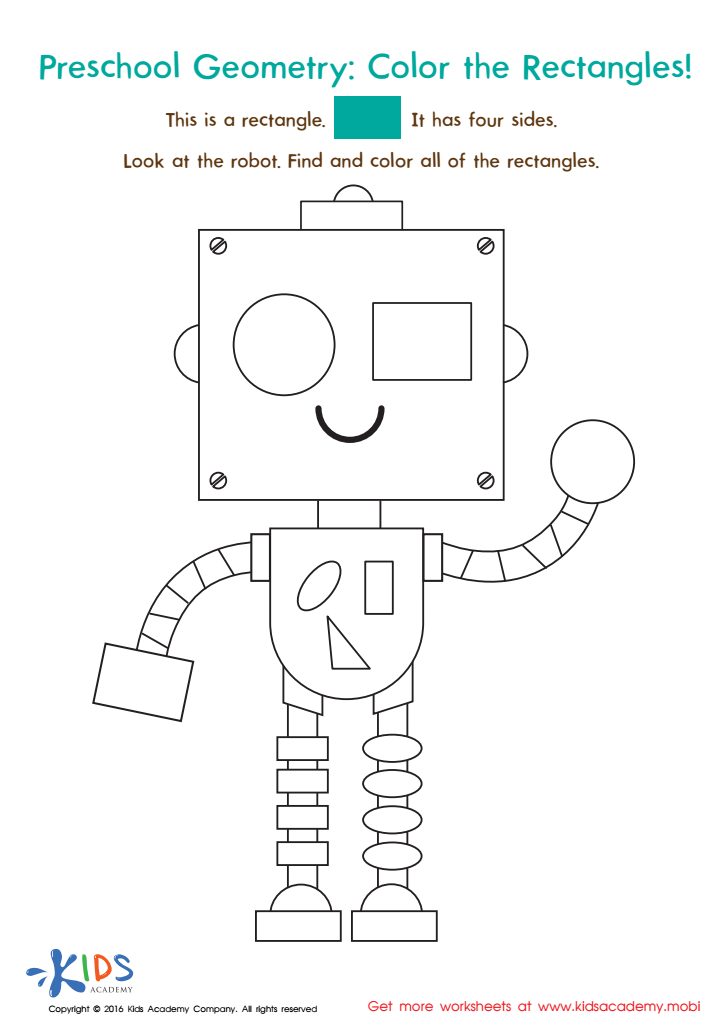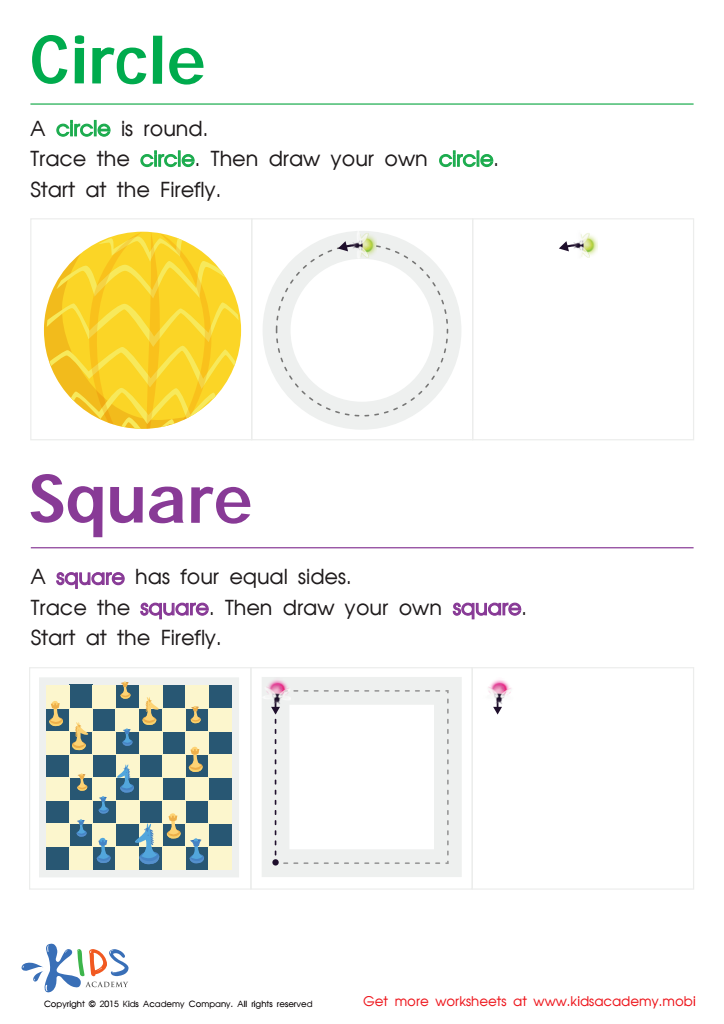-
English
-
English Pre-K
-
Unit 1: Early Literacy Skills
-
ABCs
- Pre-writing Activities
- Letter A
- Letter B
- Letter C
- Letter D
- Letter E
- Letter F
- Letter G
- Letter H
- Letter I
- Letter J
- Letter K
- Letter L
- Letter M
- Letter N
- Letter O
- Letter P
- Letter Q
- Letter R
- Letter S
- Letter T
- Letter U
- Letter V
- Letter W
- Letter X
- Letter Y
- Letter Z
-
Phonological Awareness
- Rhyming Words
- Letter Sounds B, C, D, and F
- Letter Sounds G, H, J, and K
- Letter Sounds L, M, N, and P
- Letter Sounds Q, R, S, and T
- Letter Sounds V, W, X, Y, and Z
- Letter Sounds A, E, and I
- Letter Sounds O and U
- Beginning Sounds
- Matching Letters to Sounds
-
ABCs
-
Unit 2: Vocabulary
-
Common Words
- Sorting Words into Categories
- Color Words
- Verbs and Adjectives
-
Sight Words
- Sight Words 'I' and 'Can'
- Sight Words 'You' and 'Like'
-
Common Words
-
Unit 3: Print Awareness
-
Parts of a Book
- Working with a Book
- Spaces Between Words
- Text and Illustrations
-
Picture Books and Poems
- Picture Book Text Features
- Poem Text Features
- Signs and Labels in the Community
-
Parts of a Book
-
Unit 4: Reading Literature
- Questions About Stories
- Discussing Stories
-
Unit 5: Reading Informational Texts
- Retelling Details in a Text
- Questions About a Text
- Connections Between Events
- Text Features
- Describing Illustrations
-
Unit 1: Early Literacy Skills
-
English Pre-K
-
Math
-
Math for Pre-Kindergarten
-
Logic and Geometry
-
Matching and Sorting
- Same and Different
- Which One Is a Little Different?
- Objects That Go Together
- Sorting by Color and Size
- Sorting The Same Group in Different Ways
- Patterns
-
Shapes
- Shapes in Our Environment
- Naming Shapes Regardless of Size
- Making Shapes in Preschool
- Comparing Shapes
- Relative Positions
- Sorting Shapes
-
Matching and Sorting
-
Early Number Sense
-
Numbers 1–5
- Counting to 3
- Counting to 5
- Arranging Objects up to 3 Objects
- Arranging up to 5 Objects
- Writing Numbers 1–5
-
Numbers 1–5
-
Numbers up to 10
- Counting to 10
- Arranging up to 10 Objects
- Number 0
- Writing Numbers 6–10
- Breaking Down Numbers 6-10
-
Logic and Geometry
-
Math for Pre-Kindergarten
Shapes for Preschoolers
Shapes are a major focus in preschool math instruction and exploration. Children at this level love to observe the world around them, and our world is full of shapes! There are so many ways to encourage your child to begin to view the world through the mathematical lens; and shapes are the first step in that journey.
Authentic, real life learning experiences are the best way to cultivate your child’s curiosity. Start out by thinking out loud about the objects that are around us. Describe things in terms of the number of sides they have and naming their shape. This video is a great way to get your child thinking about shapes in their world!
Preschool-aged children begin with simple shapes such as square, circle and triangle. Talk about these shapes as you come in contact with them describing them using vocabulary such as curved, corners, straight sides. Find these shapes in picture books and trace their outline with your finger as you describe them for your child. Identifying the shapes’ attributes will help your child begin to see similarities and differences within the shapes which will be built upon as they begin comparing shapes. Coloring activities are always a favorite for preschoolers. As your child colors, ask them to describe the shapes that they see in this robot.
Once you feel that your child has a grasp on some of the shapes' names and their attributes, you can start encouraging them to notice how the shapes are the same as well as how they are different. This is a critical thinking skill that your child will use throughout their schooling, and not just in math! Being able to recognize similarities and differences in shapes will later assist your child in noticing differences in letters and numbers. You child can practice making shapes in fun materials like rice that has been colored with food coloring, or colorful sand using their finger or a paint brush. This worksheet also offers excellent fine motor skill practice while also reinforcing shapes.
Later in your preschooler's development, they will begin to put objects into groups based on what they notice. A great deal of preschool is spent sorting objects. This is another foundational thinking skill that applies to many other aspects of learning. Sorting shapes is a great way to encourage critical thinking and it is a lot of fun! Begin with simple sorting activities such as sorting blocks based on color. You may also sort different types of toys into groups. When your child seems ready, encourage them to sort items based on their shape. Ask them to use their communication skills to tell you why certain things go in certain groups.
Other important early geography skills include relative position vocabulary such as next to, inside, outside, on top and under. There are a lot of great games to play using this vocabulary such as simon says and even I spy. Remember that preschoolers learn through play, so keep it fun and keep it positive!
Use the drop-down menu at the top of the page or the interactive catalogue on the right to view more detailed articles on different aspects of preschool shape learning.
Nora Brown
Elementary Teacher



